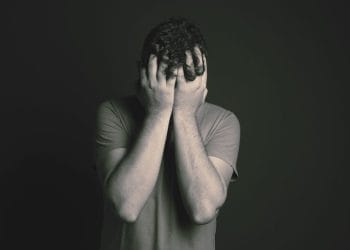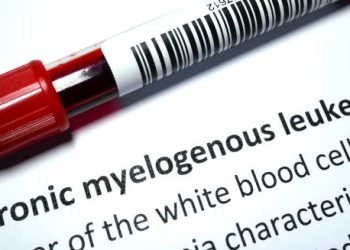Blisters Diagnosis and When to See a Doctor
While most blisters are minor and self-diagnosable, certain signs indicate the need for professional medical evaluation, particularly if the blister is unusually painful, widespread, or associated with other symptoms. Read more about blisters diagnosis and when to see a doctor below.
Self-diagnosis is typically based on:
- Location (e.g., heel from shoe friction)
- Appearance (clear fluid vs. blood or pus)
- Associated activity (e.g., hiking, sun exposure)
- Recent illnesses or infections (e.g., flu-like symptoms + rash)
When to seek medical advice:
- Signs of infection, such as:
- Increasing redness or warmth
- Yellow or green pus
- Swelling or streaks spreading from the site
- Fever or chills
- Large or widespread blisters from burns, allergic reactions, or illness
- Recurring blisters without a clear cause
- Painful or itchy clusters of blisters, especially around the mouth, eyes, or genitals
- Blisters in diabetic patients, due to risk of poor wound healing or unnoticed infection
- Blisters with systemic symptoms, such as fatigue, joint pain, or gastrointestinal issues
Diagnostic tools and tests (used in complex or recurrent cases):
- Swab and culture for infected blisters to identify bacteria or viruses
- Blood tests to rule out autoimmune or systemic causes
- Skin biopsy for rare blistering disorders
- Patch testing for contact dermatitis
South African healthcare context:
- Basic blister management is available at GPs, clinics, and pharmacies.
- Rural clinics often treat burn and friction blisters, but may refer complex or infected cases to regional hospitals.
- Tertiary centres offer dermatology referrals if autoimmune blistering conditions are suspected.
Blisters Diagnosis and When to See a Doctor
Knowing when a blister is more than just a friction issue can make all the difference in preventing complications and preserving skin health.
👉 [Next: Treatment and Home Care for Blisters]


